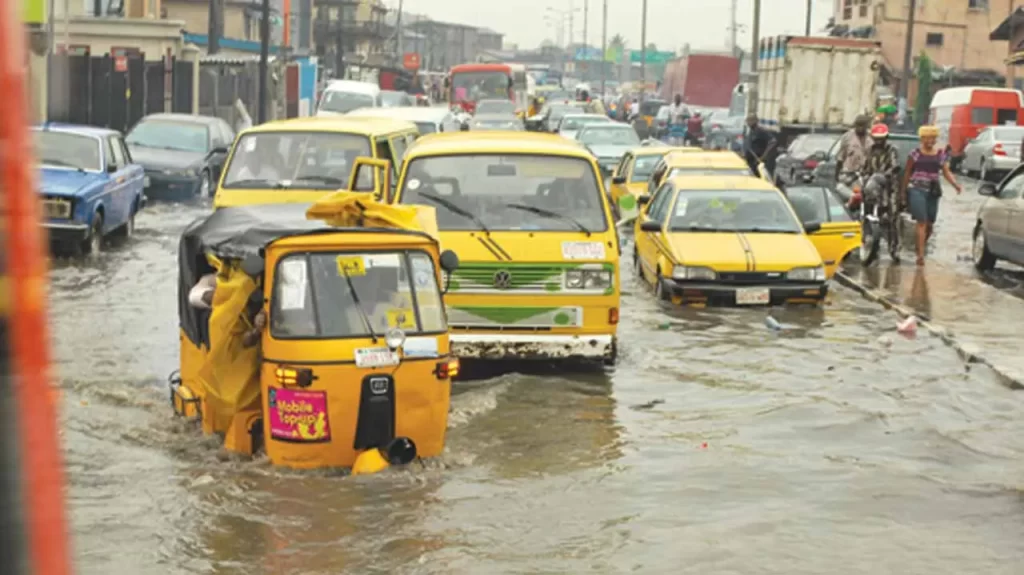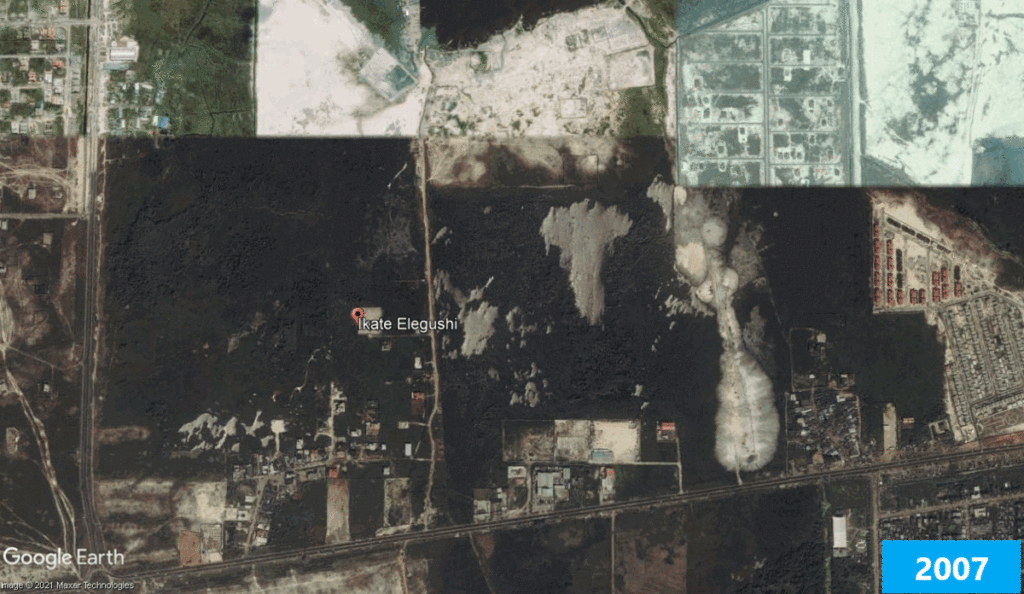Examining the Impact of Poor Planning and Wetland Destruction on Flood Vulnerability in Lagos State
Introduction

The sight of a city submerged in water is a familiar one during the rainy season in Lagos, Nigeria’s bustling metropolis. Flooding is a well-documented issue, with damages in Lagos State causing an estimated annual economic loss of USD 3.992 billion. This accounts for 4.1% of the state’s GDP and 1.0% of the national GDP.

Understanding Wetlands and Their Importance
Wetlands are crucial to the Lagos ecosystem due to their ability to control runoff rates in urban areas and naturally retain water during periods of high rainfall. Acting as natural sponges, wetlands absorb excess rainwater and slowly release it into rivers, lakes, and groundwater systems. They also serve as buffer zones, reducing the speed and destructive power of floodwaters before they reach populated regions. Additionally, wetlands support biodiversity, help mitigate climate change by absorbing carbon dioxide, and offer various economic benefits.
Poor Planning Practices in Nigeria

As the most populous city in Nigeria and on the African continent, Lagos has experienced rapid population growth, necessitating urban expansion. This growth often outpaces the capabilities of urban planning professionals. To accommodate the increasing demand, extensive reclamation of wetlands and coastal areas is often undertaken without proper oversight from planning agencies or comprehensive environmental impact assessments. Despite state government commitments to halt wetland degradation, insufficient monitoring and enforcement have allowed these practices to continue. Since 1990, forested and non-forested wetlands have decreased by over 70% and 12% respectively, while built-up areas have grown from 3.12 to 62.62 square kilometres (Idiege, et. al. 2018).
Impact of Wetland Destruction on Flooding
The destruction of critical natural ecosystems, exacerbated by climate change, has significantly increased Lagos’s vulnerability to flooding. The loss of wetlands’ natural retention function has heightened the likelihood of floodwaters spreading over larger areas. For example, the filling of the Oworonshoki wetlands with sand in 2018 for construction purposes has led to frequent flooding in the adjacent Bariga area. Similarly, the conversion of wetlands to other land uses in Kosofe and Eti-Osa LGAs has resulted in higher surface runoff, overwhelming drainage systems and exacerbating flooding.
The Need for Sustainable Planning
The 1971 Ramsar Convention on Wetlands emphasizes the importance of integrating wetland conservation and restoration into urban planning to enhance urban resilience and ensure long-term sustainability. To adhere to this mandate, the state government must lead a behavioural change approach supported by advocacy, legislation, and enforcement. The government should assign protected status to wetlands and adopt a comprehensive approach to planning permits for these areas, without allowing political connections to influence decisions. Planning officials should be empowered to conduct periodic compliance assessments and enforce strict penalties for violations. Stakeholder engagement is also crucial; community sensitization on the link between wetland loss and flooding can help convince locals of the need for wetland protection. However, since the formal real estate sector is dominated by high-income earners who can influence high-level actors, strong political will is essential to protect wetlands and safeguard the city’s future, free from favouritism.

